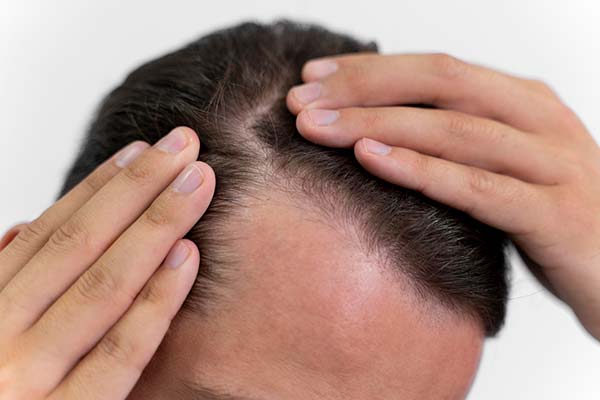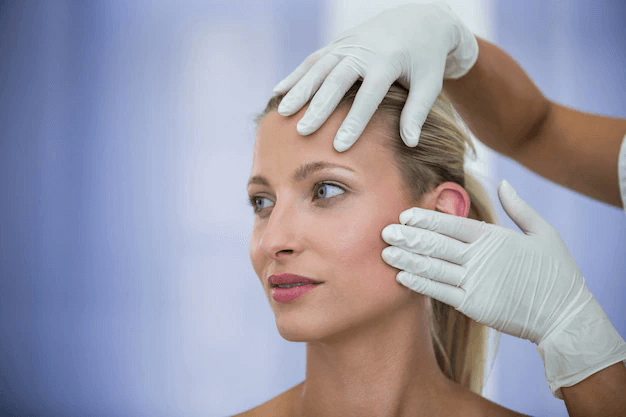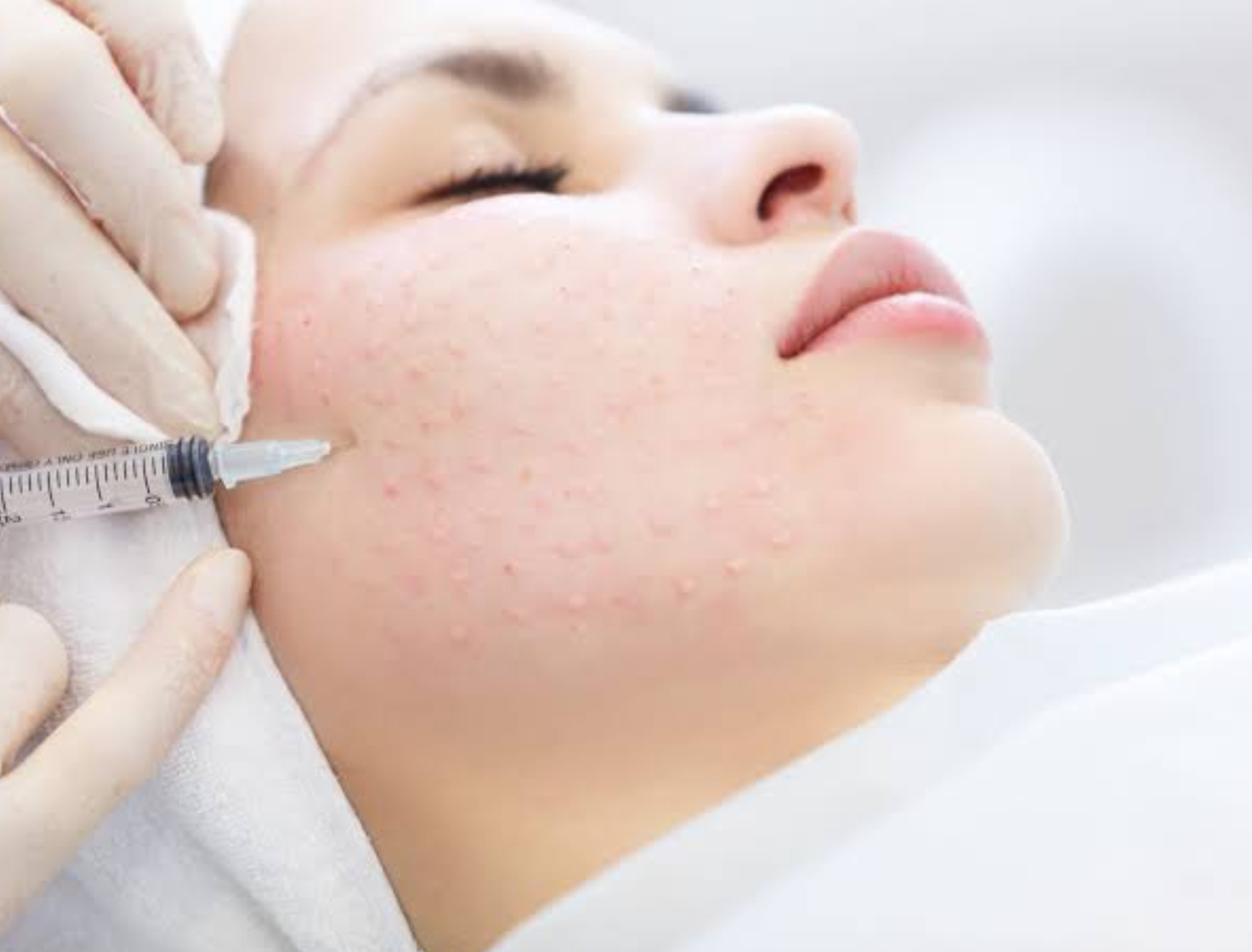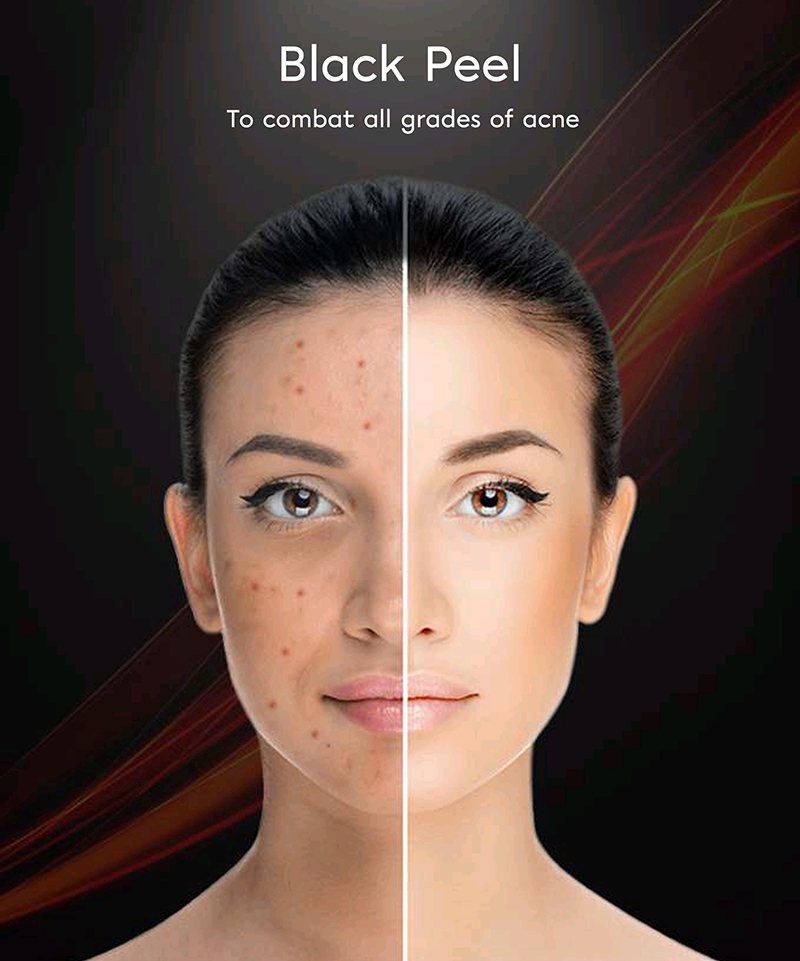Hair Transplant – How effective is hair transplant and what is the procedure ?
Hair transplant is a surgical procedure performed to treat hair loss or baldness. It involves the extraction of hair follicles from areas of the scalp with sufficient hair growth (donor site – usually the back of the scalp) and transplanting them into areas where hair is thinning or has been lost (recipient site). The effectiveness of hair transplant procedures can vary depending on various factors, including the individual’s specific condition and expectations.
In general, hair transplant can be an effective solution for individuals experiencing androgenetic alopecia (pattern baldness) or certain types of hair loss. It is typically more successful in cases where the individual has sufficient donor hair available and has realistic expectations regarding the outcome. Hair transplant procedures are generally considered to be a long-term solution since transplanted hair is usually permanent and grows naturally.
There are two primary techniques used in hair transplant procedures:
Follicular Unit Transplantation (FUT): This technique involves removing a strip of skin from the donor area, usually from the back or sides of the scalp, and then dissecting it into individual hair grafts. The grafts are then transplanted into the recipient site.
Follicular Unit Extraction (FUE): FUE involves the extraction of individual hair follicles directly from the donor area using a specialized punch-like instrument. These follicles are then transplanted into the recipient site. FUE leaves tiny, nearly invisible scars and does not require the removal of a strip of skin like FUT.
Low level laser therapy – How does low level laser therapy work
for hair loss ?
Finasteride- Role and efficacy of finasteride in hair loss ?
Finasteride is a medication that is commonly used for the treatment of hair loss, particularly in men. It works by blocking the conversion of testosterone to dihydrotestosterone (DHT) in the body. DHT is a hormone that is known to contribute to male pattern baldness.
The primary role of finasteride in hair loss treatment is to slow down the progression of male pattern baldness and potentially promote hair regrowth. Research has shown that taking finasteride daily can lead to a significant increase in hair count and improvement in hair density in men with male pattern baldness.
It’s important to note that finasteride is typically more effective for men than women, as female pattern hair loss is influenced by different factors. Additionally, the effects of finasteride are generally seen after several months of consistent use, and discontinuing the medication may result in a reversal of the benefits.




